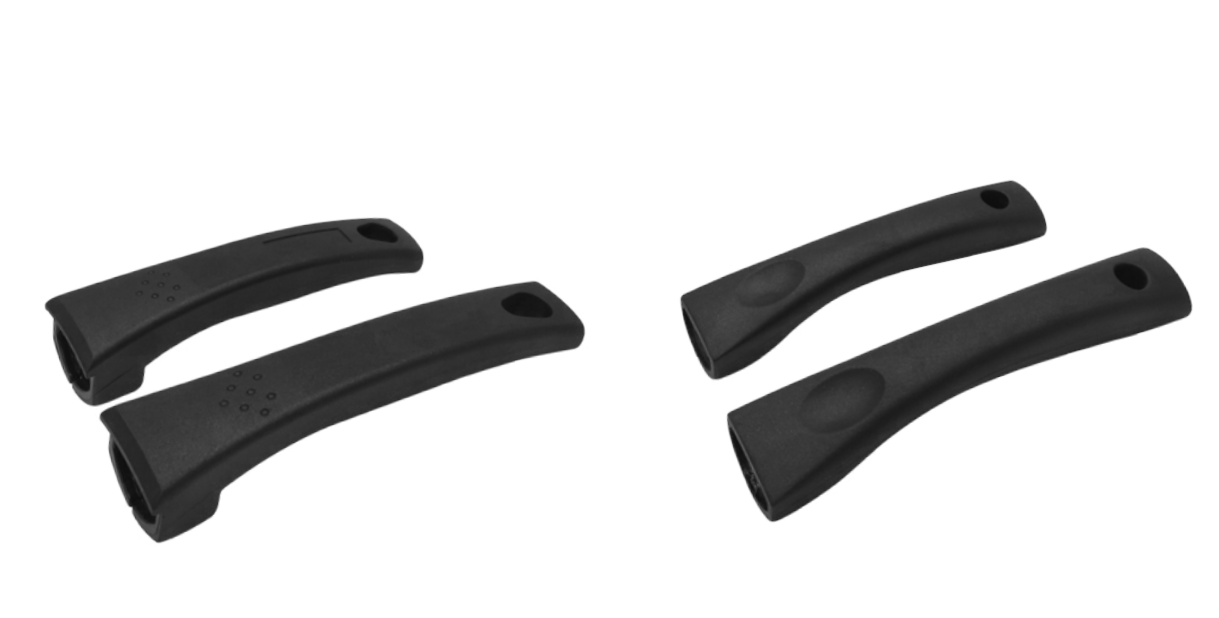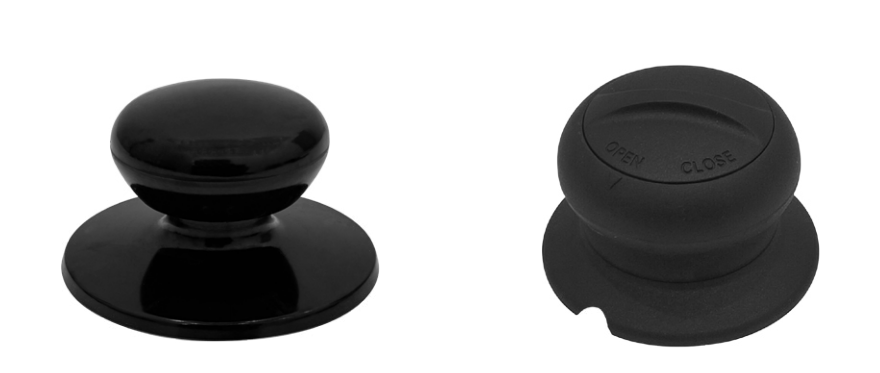Bakelite, the first synthetic plastic ever created, revolutionized manufacturing in the early 20th century. Known for its durability and heat resistance, Bakelite became a popular material for handles on cookware, tools, and vintage items. But can Bakelite handles get moldy? In this blog, we’ll dive into the properties of Bakelite, why mold might develop, and how to clean and protect your cherished Bakelite items.

What Is Bakelite?
Bakelite is a thermosetting phenol formaldehyde resin invented in 1907. Unlike modern plastics, it’s non-porous, heat-resistant, and highly durable. Its retro appeal and sturdy nature make Bakelite handles common in antique kitchenware, radios, and jewelry. However, its age and composition raise questions about maintenance—especially regarding mold.
Can Bakelite Handles Develop Mold?
The short answer: it’s unlikely, but not impossible. Here’s why:
- Non-Porous Surface: Bakelite’s smooth, non-porous structure doesn’t absorb moisture, making the Bakelite handles resistant to mold growth.
- Organic Contaminants: Mold thrives on organic matter. If Bakelite handles are coated with food residue, grease, or dust, these substances can create a breeding ground for mold.
- Storage Conditions: Poor ventilation, high humidity, or prolonged exposure to damp environments (e.g., basements) can encourage mold on surfaces of Bakelite, even if the material itself isn’t mold-friendly.
Signs of Mold on Bakelite Handles
- Discoloration or fuzzy spots (black, green, or white patches).
- Musty odors on the surface of Phenolic handle for pot.
- Deterioration of adjacent materials (e.g., wooden or fabric parts attached to the handle).
How to Clean Mold from Bakelite Handles
Always test cleaning solutions on a small area first.
- Gentle Cleaning: Mix warm water with a few drops of mild dish soap. Use a soft cloth to wipe the handle, removing surface dirt.
- Vinegar Solution: For stubborn mold, dab distilled white vinegar (a natural antifungal) onto a microfiber cloth and gently scrub affected areas.
- Avoid Harsh Chemicals: Bakelite can discolor with abrasive cleaners or alcohol. Stick to pH-neutral solutions.
- Dry Thoroughly: After cleaning, pat the handle dry and store it in a well-ventilated area.

Preventing Mold on Bakelite
- Regular Cleaning: Wipe handles after use to remove grease or food particles.
- Control Humidity: Store Bakelite items in dry areas with silica gel packs or dehumidifiers.
- Avoid Water Immersion: Never soak Bakelite, as prolonged moisture exposure can weaken its structure over time.
FAQs About Bakelite cookware handle Care
- Can Bakelite crack or warp?
Yes, if exposed to extreme heat or physical stress. Avoid microwaves or direct flames. - Does Bakelite degrade over time?
With proper care, Bakelite can last decades. However, UV light may cause slight discoloration.
Conclusion
While Bakelite handles are inherently resistant to mold due to their non-porous nature, improper storage or neglect can lead to surface mold growth. By keeping your Bakelite clean, dry, and well-maintained, you can preserve its functionality and vintage charm for years to come. Whether you’re a collector or a user of retro kitchenware, a little care goes a long way!
Post time: Apr-11-2025

